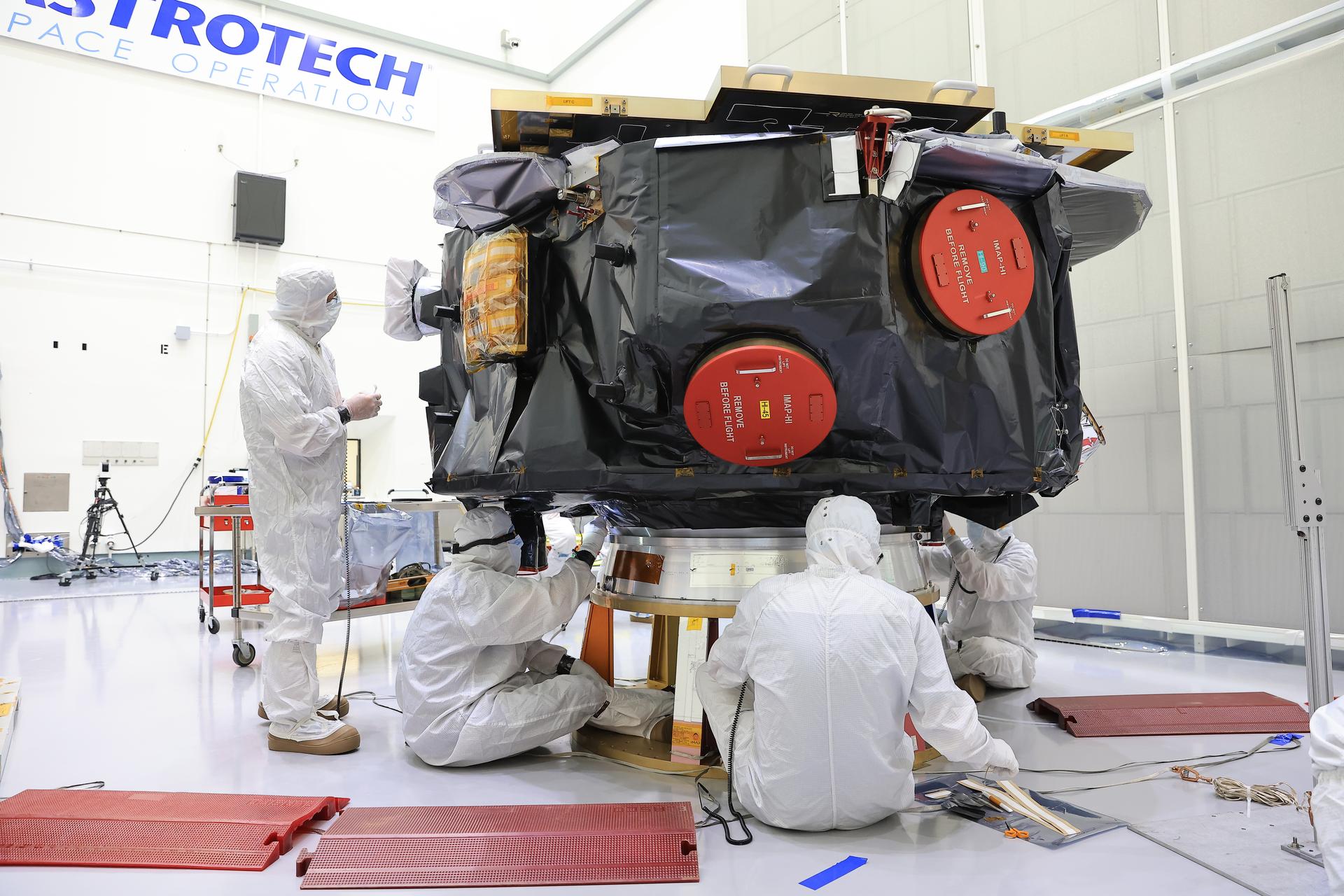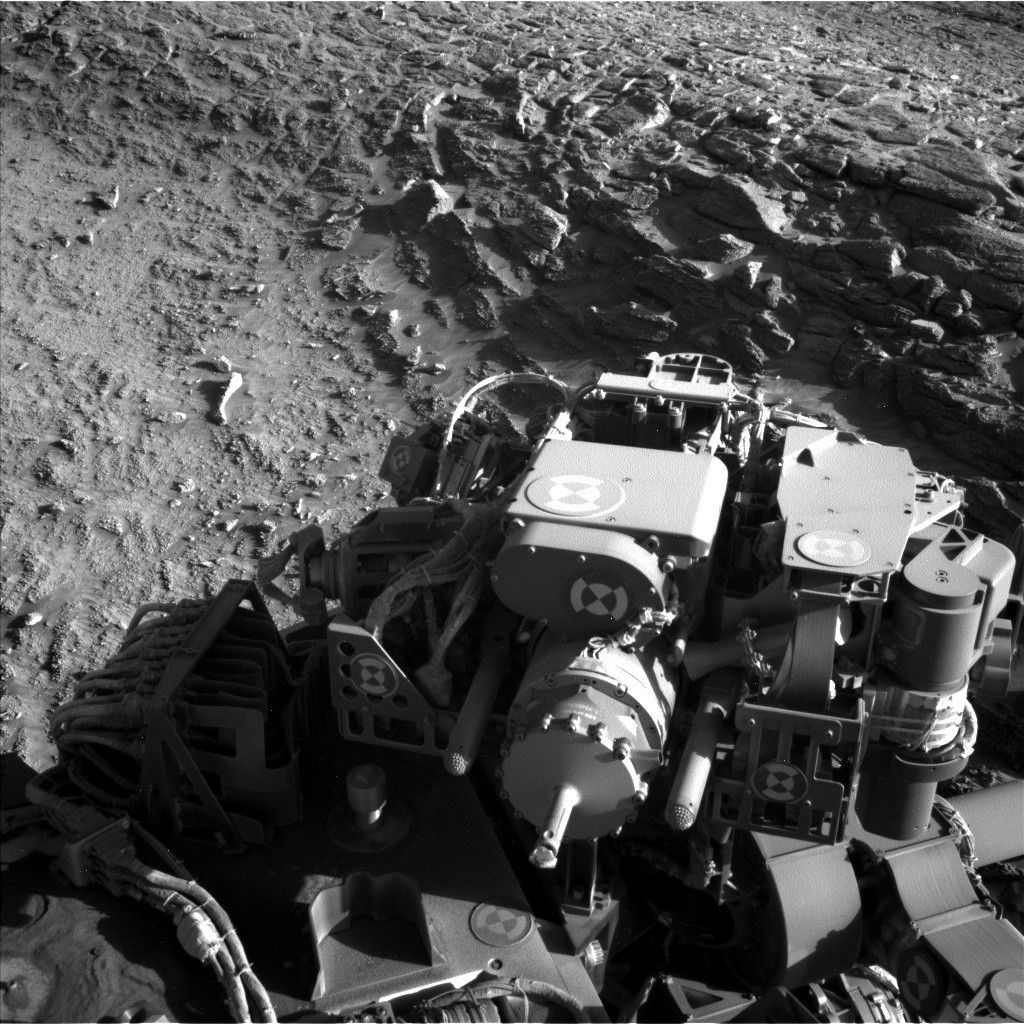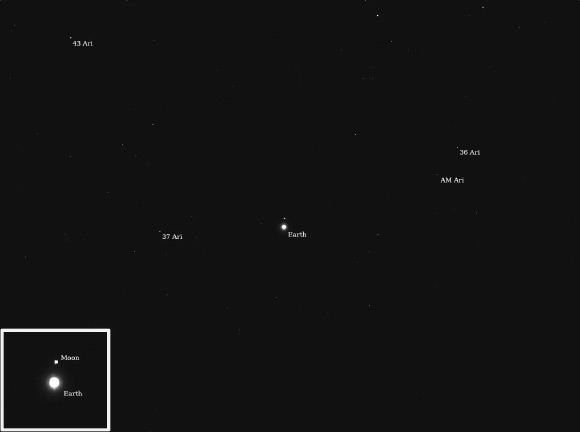Now Reading: NASA Opens Media Access for Sun and Space Weather Mission Launch
-
01
NASA Opens Media Access for Sun and Space Weather Mission Launch
NASA Opens Media Access for Sun and Space Weather Mission Launch

fast Summary
- NASA plans to launch three new space missions on sept. 23: IMAP (Interstellar Mapping and Acceleration Probe), Carruthers Geocorona Observatory, and NOAA’s Space Weather Follow-On-Lagrange 1 (SWFO-L1).
- The observatories will enhance understanding of the Sun and space weather, providing vital data for technologies on Earth.
- IMAP will study the heliosphere using 10 instruments, monitor solar wind and cosmic radiation, and refine space weather prediction tools.
- Carruthers Geocorona Observatory will use ultraviolet cameras to study Earth’s exosphere and its interaction with solar activity.
- SWFO-L1, developed by NOAA with NASA collaboration, will provide real-time data about solar wind and coronal mass ejections as an early-warning system for destructive space weather events.
- Media accreditation deadlines are Aug. 31 for international media without U.S. citizenship and Sept. 4 for U.S.-based media or citizens representing foreign organizations.
For more details: https://science.nasa.gov/mission/imap/
Indian Opinion Analysis
This joint effort between NASA, NOAA, academic partners like Princeton University, and others illustrates the critical importance of scientific exploration in safeguarding technological infrastructure globally-something that closely impacts India as well. With India’s growing reliance on satellite-based communications systems (e.g., GPS navigation, internet services) alongside ongoing advancements in space technology through ISRO programs such as Gaganyaan or Chandrayaan missions, better forecasting capabilities in global space weather become highly relevant.
The emphasis here is research-driven readiness against disruptive events like coronal mass ejections that threaten satellites or power grids-a concern shared internationally given interconnected economies relying heavily on tech-based networks now prevalent across industries including agriculture & defense innovation alike
























